Exploring the Versatility and Sustainability of PET in the Petrochemical Industry
In the modern petrochemical landscape, Polyethylene Terephthalate (PET) stands out as one of the most versatile and widely used polymers. From packaging materials to textiles, PET is integral to various industries, offering unmatched durability, performance, and sustainability.
What is PET?
Polyethylene Terephthalate (PET) is a thermoplastic polymer made from the polymerization of terephthalic acid and ethylene glycol. Its chemical structure gives it outstanding properties, including high strength, chemical resistance, and ease of processing. PET is commonly known for its use in producing plastic bottles and other packaging materials, but its applications extend far beyond that.
Key Benefits of PET
- Durability
PET is well-regarded for its toughness and resistance to wear and tear. It maintains its strength in demanding environments, which is why it is used extensively in products that need to endure physical stress and high temperatures. - Recyclability
One of the most significant advantages of PET is that it is 100% recyclable. As the demand for sustainable materials grows, PET has emerged as a champion of the circular economy. Recycled PET (rPET) is used in a variety of applications, from new bottles to clothing fibers, reducing the environmental impact of plastic waste. - Lightweight & Cost-Effective
PET’s lightweight nature makes it an attractive material for industries that require durable, yet economical products. Whether it’s used for packaging or as a raw material in textiles, PET offers a balance of strength and lightness that is unmatched by many other polymers. - Chemical Resistance
PET’s excellent resistance to chemicals and moisture makes it ideal for food and beverage packaging. It ensures that products are preserved effectively and safely during transportation and storage.
Derivatives of PET and Their Applications
While PET itself is an incredibly useful material, it is often blended or modified to enhance specific properties. Here are some key derivatives of PET and their applications:
1. PET Blends
PET can be blended with other materials to improve its properties for specific uses. For example, PET blends with various additives can enhance its UV resistance, making it suitable for outdoor applications. It can also be modified to improve chemical stability, making it more durable in harsh environments.
2. Polyester Fiber
One of the most common derivatives of PET is polyester fiber. This form of PET is used extensively in the textile industry to make clothing, upholstery, and home furnishings. Polyester fibers derived from PET are durable, easy to care for, and offer excellent resistance to shrinking and stretching. They are also used in non-woven fabrics, insulation materials, and medical products.
3. PET Films
PET films are thin sheets of PET that are widely used in packaging, labels, and electronics. These films offer high clarity, making them an ideal choice for packaging products where visibility is important. They are also known for their barrier properties, offering resistance to moisture and gases, which is crucial for food packaging and preserving the freshness of products.
Applications of PET Across Industries
PET and its derivatives play an essential role in several industries:
- Packaging: PET is most commonly known for its use in bottles and containers. It’s the go-to material for beverage packaging due to its lightweight and durable nature.
- Automotive: The automotive industry uses PET for a variety of components, from interior parts to under-the-hood applications, thanks to its strength and resistance to high temperatures.
- Textiles: Polyester fibers, derived from PET, are used to create fabrics for clothing, upholstery, and bedding, offering durability and comfort.
- Electronics: PET films are used in the production of flexible printed circuits and other electronic components, contributing to the growth of the electronics industry.
The Future of PET in Petrochemicals As the world shifts towards more sustainable practices, PET remains at the forefront of innovation. Its recyclability and versatility ensure that it will continue to be a key material in both the petrochemical industry and other sectors. With increasing demand for eco-friendly products, PET’s role in the circular economy is expected to grow, making it an even more crucial part of the future of manufacturing.

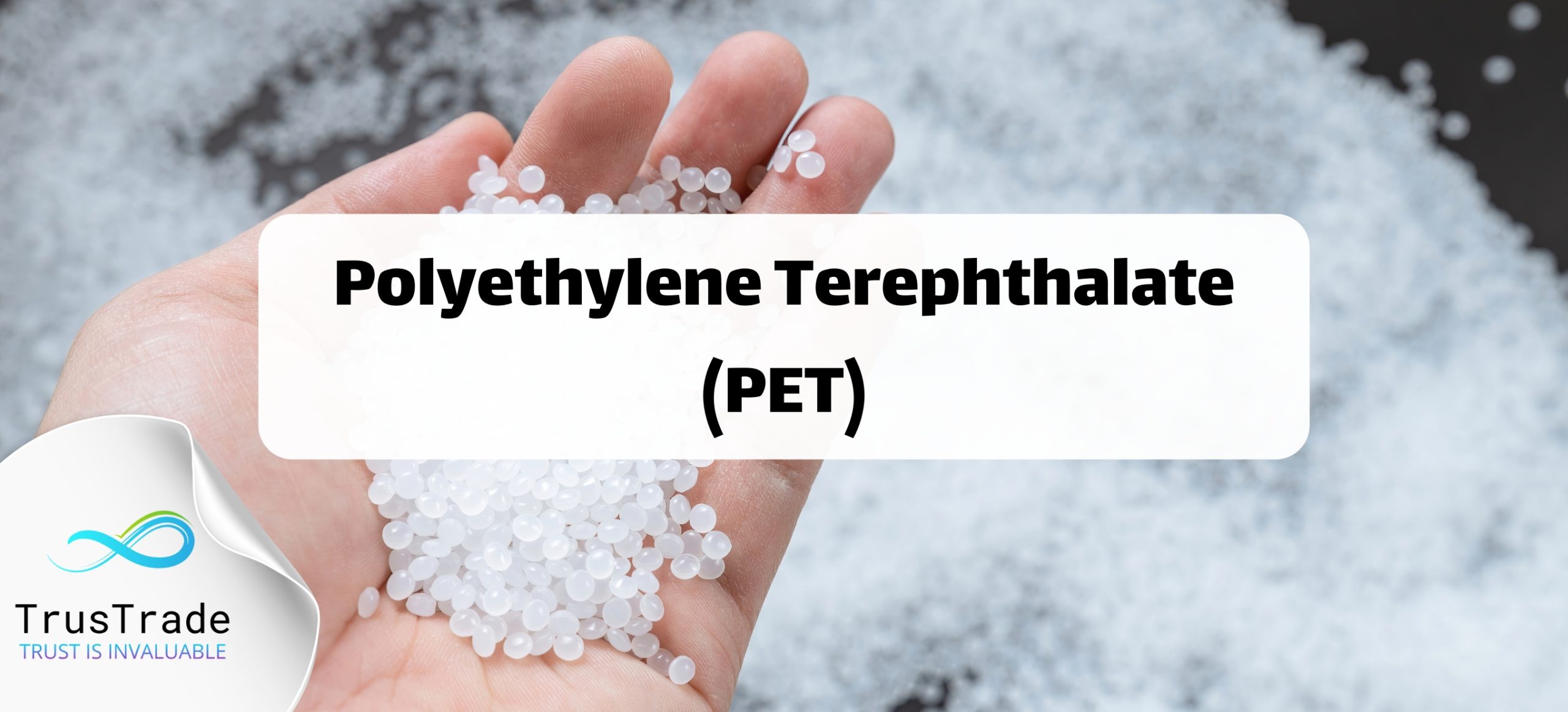
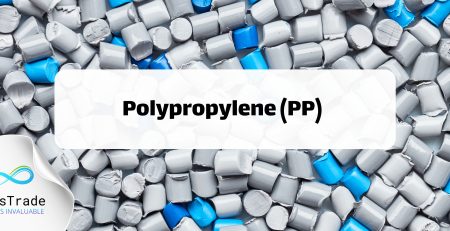
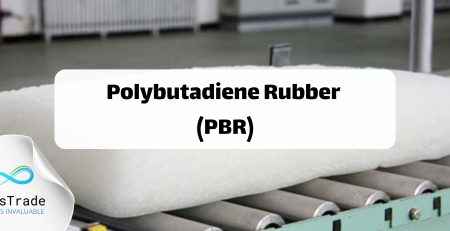
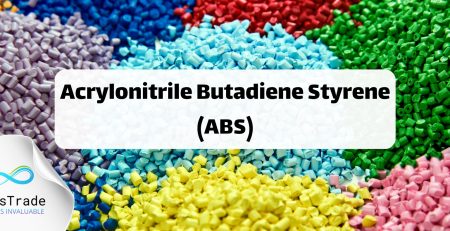

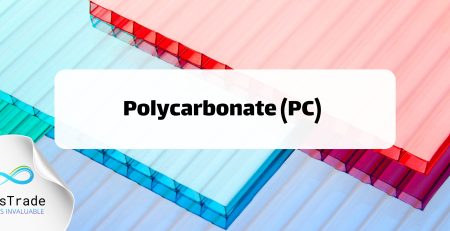


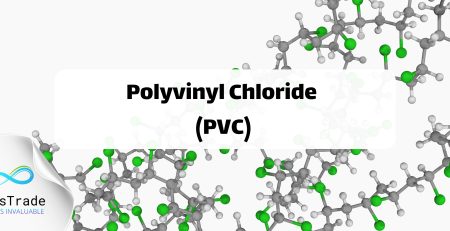
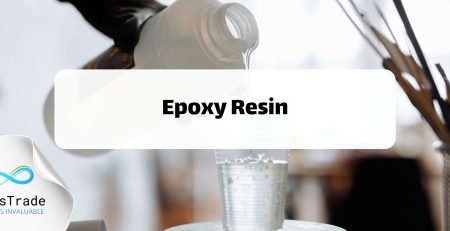
Leave a Reply